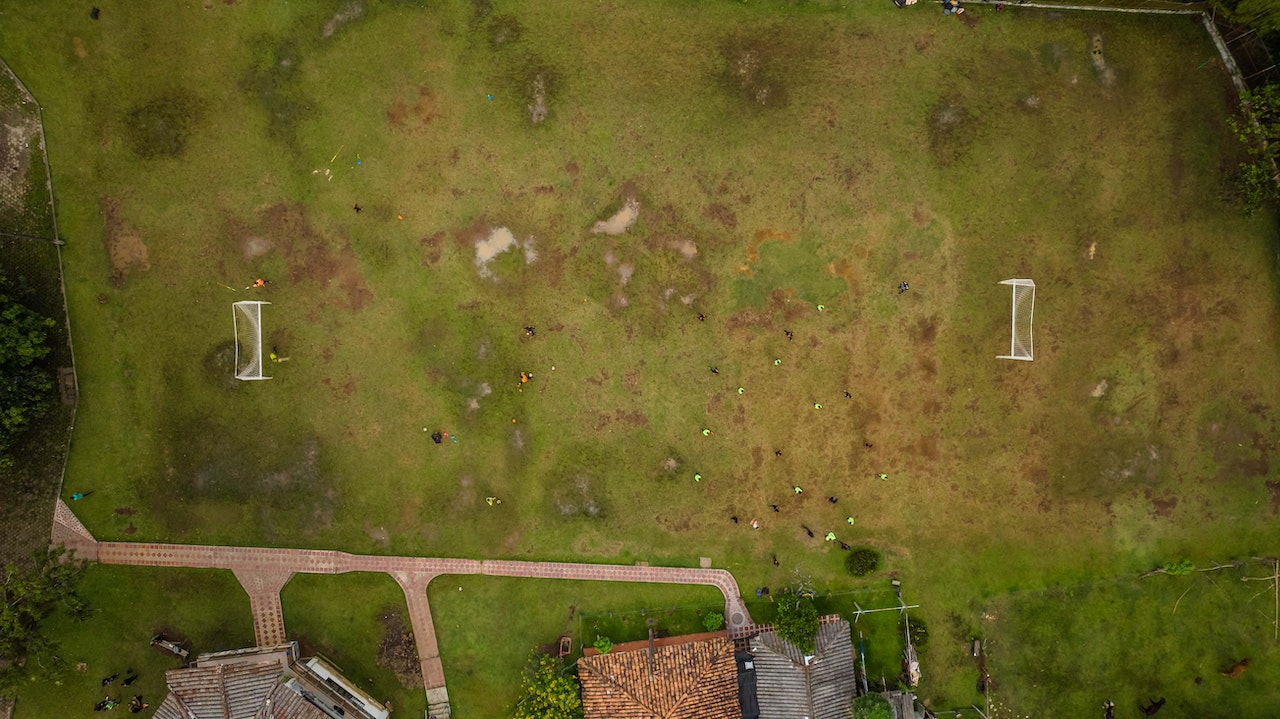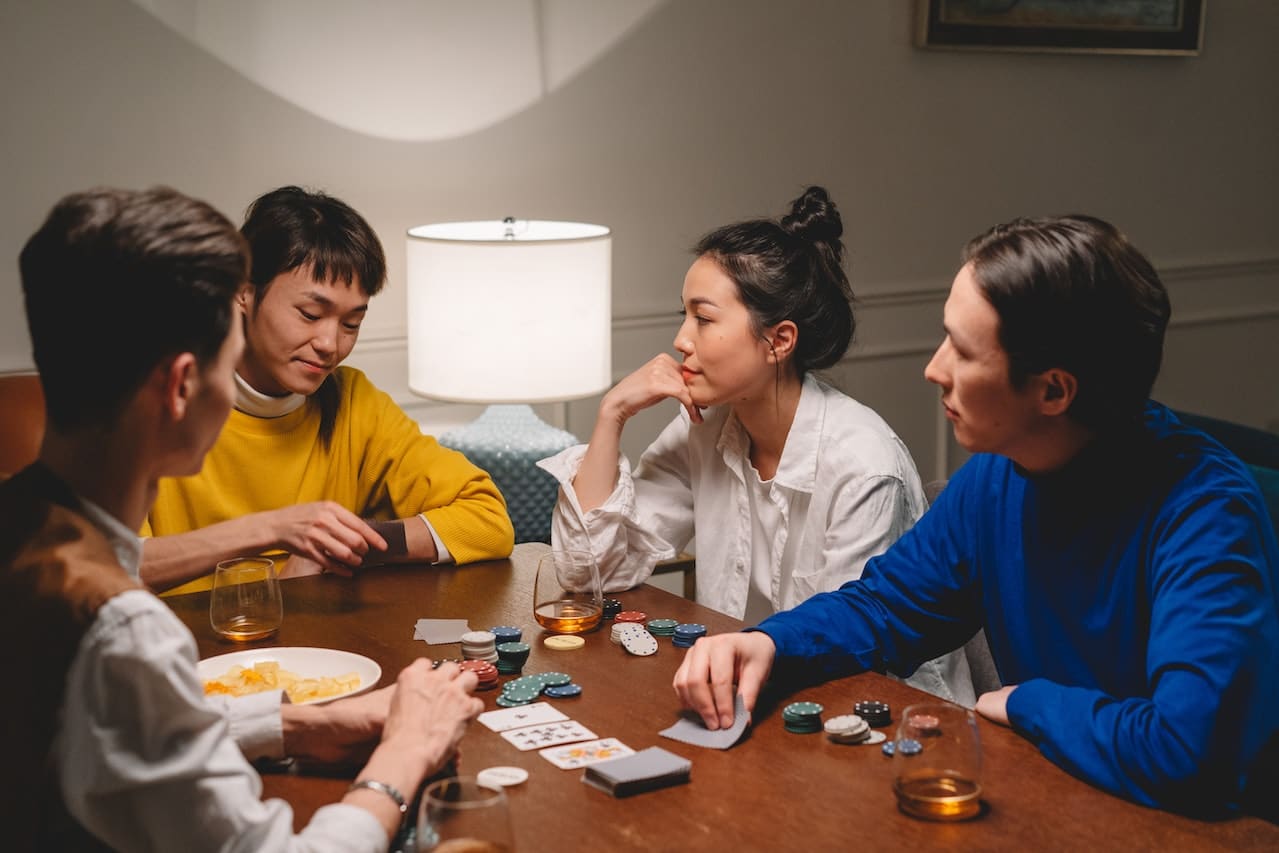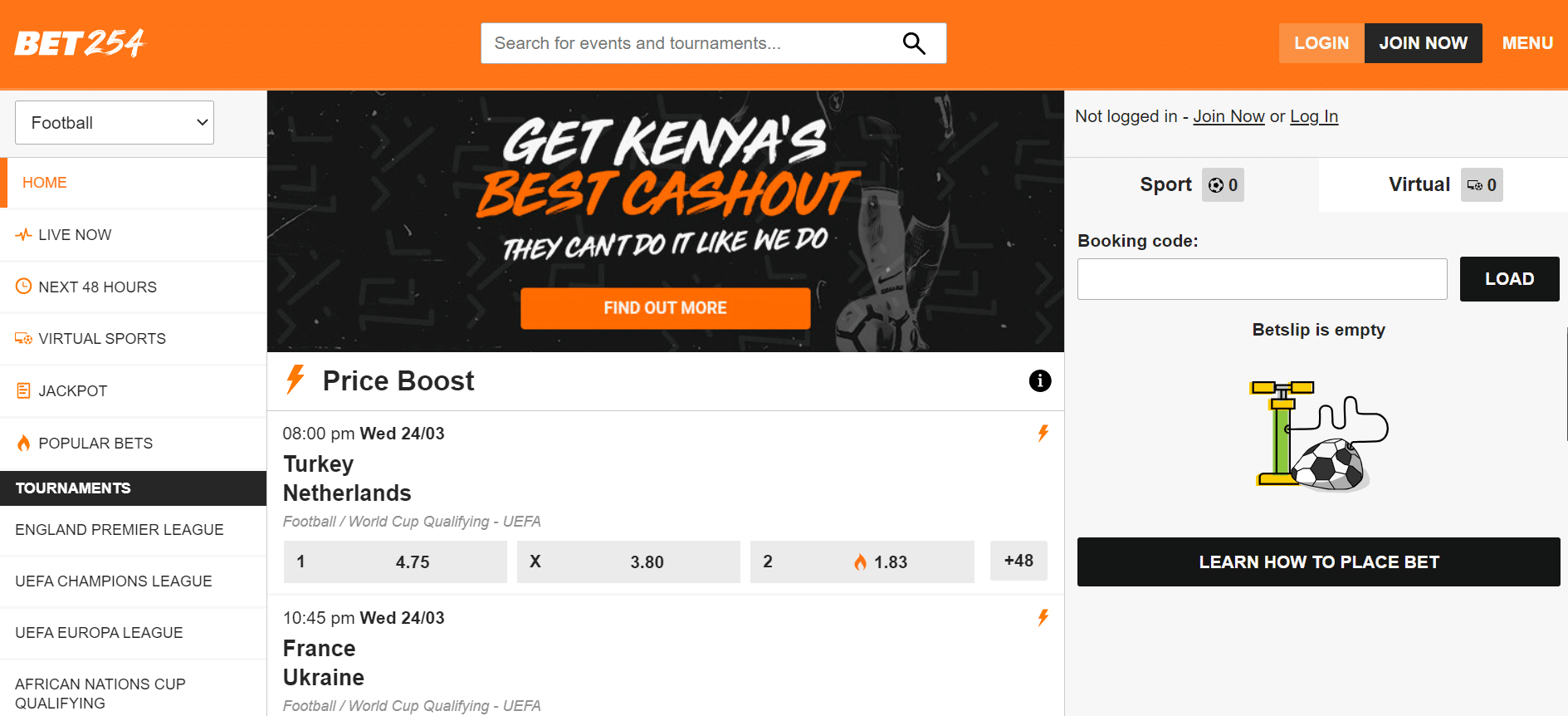Are you fed up with losing money when you bet on sports? Well, if you want to stop just being a fan and become a real professional, you need to know what value betting is and how much it is expected to be worth.
How Does Value Betting Work?
Value betting is a methodical way to gamble on sports. A value wager is one that offers a higher rate of return than the anticipated risk.
Bettors frequently fall victim to erroneous myths, so they require a methodical approach. So how do you recognize a value wager?
You must first comprehend the relationship between a team’s chances of success and the related odds. The amount of money, or cost, a bookmaker is willing to pay for winning wagers is represented by the odds.
The odds a team has of winning are used by the bookmaker to determine the price; the lower the odds, the more expensive the wager.
A 2.4 odd, for instance, indicates that the bookmaker will pay you a payout of 2.4 times your initial wager, with a net return of 1.4 times that amount.
But how can you figure out the odds’ implied probability?
A probability is 100 divided by the odds. Let’s give some examples!
If the odds are 2, then there is a 50% chance of winning. Why? Given that 100/2 = 50,
2.4 is an odd that has a larger payoff but a lower chance of winning: Given that 100/2,4 = 41,6
How To Spot Value Bets
Simply put, a value bet is one in which the probability of a particular outcome is higher than what the odds being offered represent.
This indicates that there is a statistically positive return on investment.
So, value betting means that you only place bets when your chances of winning are higher than what the bookmaker thinks.
Here is the procedure in detail:
- To determine the implied likelihood,
- Determine the reasonable chances based on the genuine probability;
- Calculate the expected return using the expected value formula.
- A value bet has been discovered if the projected return is positive.
The Relationship Between Probability And Odds
Probability is the percentage-based measure of how likely something is to happen. When placing a wager, you must determine the likelihood of the event occurring, ranging from 0% (impossible) to 100% (certain).
Then, odds are calculated for that chance by bookmakers and exchange traders.
When the odds offered don’t accurately show how likely it is that a certain outcome will happen, betting value shows up. Learn how to convert odds to their implied probability.
Let’s use a coin toss to define betting value and demonstrate how to determine the expected value of a bet.
Assume that the coin toss and the coin are both fair. Because each result (heads or tails) has an equal chance of happening (50%), the odds should be 2.0.
If you tossed a coin indefinitely, it might theoretically end up all square because this would produce an expected value of 0 for either a head or a tail.
Types Of Value Betting
Fractional Bets
In the UK and Ireland, the “traditional” odds type is still often employed. In the above example, 3.75 decimal odds are represented as 11/4 in fractional terms.
At odds of 2/1, the draw was the chosen wager in the contest between FC Noah and FC Uratru.
The home side, FC Noah, is offered with odds of 7/5 to win in the aforementioned Armenia Premier League case. The odds for the win are 15/8 for the away team, FC Urartu, and 2/1 for the draw.
Fractional chances are a little difficult to calculate. Divide the result by the amount on the right-hand side of the odds, then multiply your stake by that number.
American Betting Odds
These odds initially look incredibly perplexing to anyone outside of North America, but they aren’t that horrible once you understand what is going on.
American odds, also referred to as “Moneyline” odds, are shown as the amount of money you must bet to win $100 if the odds are “negative.” If there is a plus sign, your profit from a bet of £100 is represented by the number.
American style odds for the game between Boyabat 1868 Sport and 1074 Cankirispor
You need to wager £175 in order to win £100 betting on the home team, 1074 Cankirispor, in this scenario.
The result of multiplying 100 by 175 is 0.57. By adding 1.00, you can acquire the fractional odds of 1.57, which, when converted to fractional odds, becomes 4/7.
A £100 wager on Boyabat 1868 Spor would net you a profit of £700 if you were correct in your prediction of an upset. This translates to odds of 7/1 in fractional form and 8.00 in decimal form.
Techniques For Value Gambling
The “actual probability” of an event and evaluating whether you are getting a positive or negative EV are two concepts that are applicable to three different value betting techniques. Here is a quick summary; we go into more detail about this topic in another article.
According To Market Odds
Value and arbitrage betting wouldn’t exist in an efficient market. Fortunately, bookmakers occasionally make mistakes.
Finding markets with minimal overround is one of the keys to success. Asian markets are effective for this.
Another wise move is to find bookmakers who are renowned for being masters at putting together odds for specific events.
You can use the odds offered by these companies, which are sometimes called “sharps,” as your “base” odds and look for less successful bookmakers who offer significantly better odds in a market with a low overround.
Based On The Event’s Analysis
Along with market odds, having a solid understanding of the sport, or even better, a particular niche within the sport, is a key component of finding value bets.
Being an “oracle” for a particular market within a sport allows professional tipsters to support themselves. Some are superior to others.
We advise focusing more narrowly if you want to use sports betting to generate a respectable profit. In the Finnish Kolmonen (Fourth Division) football league, you can specialize in locating games with lots of goals, or in the German Third Division, you can master the Asian Goals Market.
No matter what route you take, thorough research and commitment are essential; otherwise, you’ll end up losing money over time. It is vital to have market knowledge, and the only way to get this (without software) is through time!
You must also learn how to convert the information you get into odds. For the record, this process, called “forming an odds tissue,” involves using the variables from your investigation to figure out the “actual” chance of an outcome.
According To Cognitive Bias
The gambler’s fallacy, optimism bias, ratio bias, and even a propensity to not bet on the outcome you want are all examples of cognitive bias in betting. Since horse racing is mostly a male activity, female jockeys still receive little respect.
Chauvinistic bettors reject what would otherwise be a valuable wager because the jockey is a woman instead of concentrating on the chances of the horse! Even though there is a lot of proof that female riders are just as skilled as male riders, this still happens.
People Also Ask
What Is Minus 1.5 In Betting?
In essence, it means that even if the underdog loses by just one, they still receive their winnings. To win the wager, the favorite must triumph by a margin of at least two (greater than 1.5).
What Is +200 In Betting?
where odds are represented by a number and a plus (+) or minus (-) sign. They are American money line odds; for instance, +200 represents the potential winnings for a $100 wager.
If the wager is successful, the player will be paid a total of $300 ($100 initial wager + $200 net profit).
Does Betting Make Money?
Although sports betting might be rewarding, most participants end up broke, which is why sportsbooks are a thing.
Sports wagering is not always successful since the vig works against you. Companies need to profit from sports betting for it to exist, which is why PASPA was overturned in 2018.
Conclusion
You probably already believe that value betting is a drawn-out and complicated exercise. The truth is, the explanation is just getting started! Keep reading our website for more betting tips.




